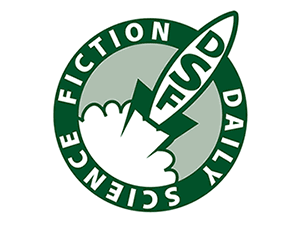
Cryopreservation Archaeology
by Anastasia Kharlamova
It had obviously been a facility for cryopreservation. That much we could decipher: we knew enough Middle Anglish to read the 22th-century signs and labels, and the freezing chambers deep below the ground, amazingly, not only were clearly marked as such but were still in operation.
"Isn't it just breathtaking?" whispered Elly as we walked down the stairs that hadn't been used for centuries. Elly was on her first field expedition to Earth and tended to get overexcited over any small discovery. "What if there are people preserved there?"
"That would just be creepy," I said. More than a century ago, with the discovery of the Resson-Niroky-Feye law, the theory of cryonics was put to a decisive stop. Now we know that living bodies can be preserved at freezing temperatures, for a limited period of time, dead bodies, not so much.
"They wouldn't have dedicated such a large building to cryonics," I added after thinking for a while. "It was always regarded as somewhat of a pseudoscience."
"It might be a seed bank," said Hemm. His dissertation was dedicated to a seed vault he discovered in Earth's Northern hemisphere, so naturally he had since kept seeing seed banks everywhere.



